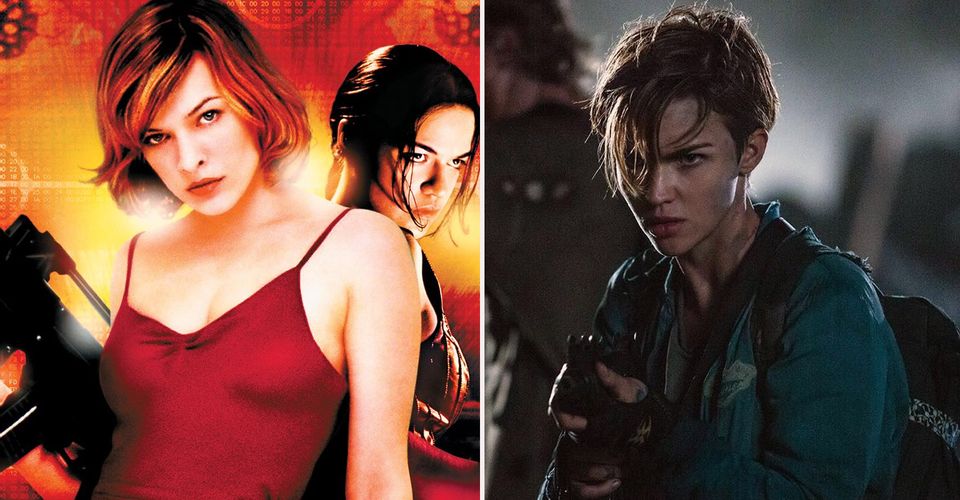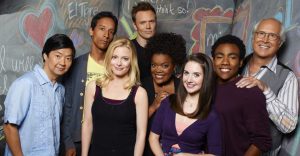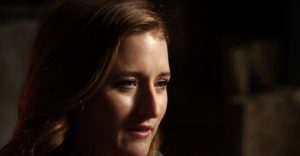10 Things That Didn’t Age Well In The Resident Evil Movies

So many large scale franchises in recent years belong to the MCU, the DCEU, or Disney, but for almost 15 years, one of the most enduring and popular film franchises was Resident Evil. Beginning in 2002, it provided 6 films full of exciting action and chilling visuals based on the popular video games of the same name. It starred Milla Jovovich as Alice, an operative for the evil Umbrella Corporation who learns that her employer is responsible for releasing a dangerous pathogen that turns humans into ravenous zombies.
While the first film was a small budget sci-fi horror film shaped by an engaging cast, compelling pacing, and strong visual storytelling, each successive film became more and more dominated by excessive CGI, thinly constructed characters, and a nonsensical plot. Even though the last film came out in 2016, there are aspects of the Resident Evil films that are already dated. Here are 10 things about these films that haven’t aged well.
10 THE CGI

When the first Resident Evil was made, Paul Anderson combined CGI and practical effects to create a highly visceral film that didn’t suffer from being dated by the technology of its times. A great example is the dogs affected by the T-virus, a staple in every film but showcased the best in the first due to real Dobermans being put into skin suits with rotting flesh.
The hell hounds in every other Resident Evil film were lackluster looking CGI, and the CGI in general (especially with the Majini zombies) became more present and more obvious for what it was as the series went on. This was ironic, given that the technology involved with CGI also advanced with each new film.
9 THE WIREWORK

One of the most promising aspects of the films is their wide shots with their economic editing. When they choose this method, they are in league with John Wick in terms of convincing fight choreography that relies on the strength of their fighter.
Milla Jovovich trained hard in order to competently handle many of her own stunts, which made her mastery in the corridor fight scene at the Tokyo HQ in the fourth film particularly thrilling. The fourth film also saw the beginning of the over-reliance on wirework. Alice suddenly seems to float through the air, and the visceral quality from the previous films are gone with the presence of obvious wirework.
8 THE 3D

Luckily the first three films were mostly free from the gimmick of 3D. Occasionally a bullet would fly conspicuously through the air towards the audience, or the zombies would be made to feel like they were reaching for a viewer, but by and large, any problems with 3D arrived in the fourth movie.
The problem is that movies made with 3D in mind now distinctly reflect the era in which they were made, and pull us out of the action. Scenes with 3D for the sake of 3D are jarring, and often don’t add anything to the moment because the technology doesn’t translate well from the cinema to the home theater.
7 NEMESIS/LICKERS

We’ve already mentioned that the practical effects of the first film were first rate. They made you feel apart of the story and helped Resident Evil age well. That can’t be said for the second film, which featured Nemesis, also a Big Bad from the third video game.
Nemesis was essentially a hulking man in a suit. Because of this, he couldn’t move very well, was clumsy and awkward, and wasn’t nearly much of a threat to Alice. Now as the big reveal antagonist in the second film, he’s sadly underwhelming. Add to that the lickers, which move far too fast because they’re CGI, and you have a sad state of affairs for two of the biggest antagonists.
6 ALICE

No one can deny that Milla Jovovich was the anchor of the Resident Evil series. Her physicality and dedication to stuntwork gave the character of Alice, the defected Umbrella Corporation super soldier, an earned gravitas. However, upon watching anything after Resident Evil: Extinction, it’s clear no one had any idea what to do with her character.
Over the course of Afterlife, Retribution, and The Final Chapter, Alice has her superpowers taken away and re-injected by Umbrella Corp countless times, for no other reason than the narrative imperative. It never seemed to matter if Alice was “technically” super-powered or not, because from the Tokyo HQ to the White House, she could still somersault, throw knives like a pro, and dish out scorpion kicks.
5 THE SIMPLE SUPPORTING CAST

In the first and second films, the supporting casts were solid, albeit still primarily used as zombie fodder. With each passing movie, more meaningful characters died and more supporting characters were brought in, primarily to be walk-on versions of fan-favorite characters from the video games, like Chris Redfield and Leon S. Kennedy.
And when films three and four finally swapped out one entire cast of characters in favor of another, the second cast dies unceremoniously. From Retribution to The Final Chapter, when Alice emerged from the bunker rubble, all she has to declare is “everyone’s dead” for us to accept that they’re all gone, with no emotional resonance.
4 RUBY ROSE

Prior to Batwoman and John Wick: Chapter 2 trying to make Ruby Rose happen as an action heroine, she appeared in Resident Evil: The Final Chapter. As Abigail, she was one of many toss-away supporting characters who followed Alice’s lead in trying to take down the Red Queen underneath Raccoon City.
Not only did Ruby sport a horrid American accent, but she also portrayed one of those characters who served no other purpose than to make the lead character look more altruistic. Abigail challenged Alice on her leadership techniques, before exposing exactly why she would have been a horrible choice for an authority figure by dying in a way that was not only highly preventable but incredibly stupid.
3 THE HECTIC EDITING

One of the many disservices that the film series does to itself is in the editing room. It suffers from some of the same struggles as Tomb Raider (Iain Glen played a baddie in that series too!) and Doom did when they were turned into movies. The hectic editing makes the cuts seem sloppy and disorganized, affecting the linear action of the film.
When the editing is too fast, it’s not only difficult to keep track of who’s who but often makes viewers think the effort wasn’t made to develop a scene fully, especially when an important fight is concerned. Fast editing makes it seem like certain scenes relied on the editor to sell them.
2 OLD ALICE

The irony isn’t lost on us that old age makeup doesn’t age very well. By a certain point in the sixth and final film, it was clear that any attempt at linearity was going to be neglected in favor of old Alice and Milla Jovovich wearing prosthetics. Even that was poorly executed, given that many visible pores does not an old Alice make.
Dr. Isaacs had been seemingly brought back for no other reason than Iain Glen’s innate talent for chewing the scenery. His last-ditch effort to do anything evil seemed pointless, now that there wasn’t really a world to control that wasn’t filled with rabid zombies that were going to eat him.
1 THE NONSENSICAL PLOT

The first film had a fairly straight forward plot. Once Alice woke up with no memory in the manor, she worked to both learn about her past and fight through the horde in the Hive to freedom. After that, the world became overrun in the second film by zombies and by the third film, most of the world is little more than a wasteland.
The continuing films worked harder to distance themselves from any sensible plot, simply relying on Alice trying to get up the chain of Umbrella Corp and learning in each film there were more and more clones of her in existence. The sixth and final film had the audacity to retcon parts of its predecessors for no real reason other than it could.
About The Author


















